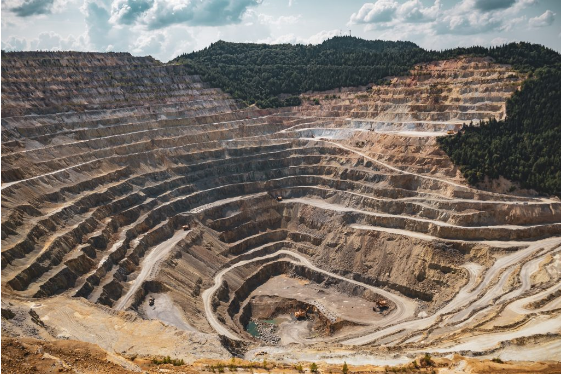In industries where traditional fire protection systems may not be sufficient, special hazard fire protection systems play a crucial role in ensuring safety. Designed to manage complex environments and protect valuable assets, these systems are essential in safeguarding people, property, and business continuity. Explore what special hazard fire protection systems are, their key features, and how they can be integrated into your fire safety plan.
What Are Special Fire Protection Systems?
Special hazard fire protection systems design for environments where standard sprinklers may not be suitable or effective. These areas typically house sensitive equipment, valuable assets, or flammable materials, which require a targeted and specialized approach to fire suppression.
Key Features of Special Hazard Fire Protection Systems
- Non-Water-Based Suppression: Unlike traditional sprinkler systems, many special hazard systems use non-water agents such as gas, foam, or chemical suppressants.
- Rapid Response: Special hazard systems are designed to detect and suppress fires quickly, minimizing damage and reducing downtime.
- Targeted Protection: These systems focus on specific risks within a facility, offering customized solutions for complex environments.
- Compliance with Regulations: Special hazard systems adhere to stringent fire protection standards such as NFPA (National Fire Protection Association) guidelines.
Types of Special Hazard Fire Protection Systems
- Clean Agent Fire Suppression Systems
- Ideal for data centers, server rooms, and electrical control rooms.
- Uses gaseous agents like FM-200, Novec 1230, or CO2 that leave no residue and require minimal cleanup.
- Foam Fire Suppression Systems
- Common in industrial facilities and aircraft hangars.
- Uses foam concentrate mixed with water to create a thick blanket that smothers fires and prevents reignition.
- Water Mist Fire Suppression Systems
- Suitable for spaces where water damage must be minimized.
- Uses fine water mist particles that cool and suppress fire efficiently.
- Dry Chemical Systems
- Often found in hazardous environments such as fuel storage areas and kitchen fire suppression systems.
- Uses dry powder chemicals to suppress Class B and Class C fires.
- Deluge Systems
- Commonly installed in high-risk areas like chemical processing plants.
- Designed to release large volumes of water to flood the area and suppress fire rapidly.
Industries That Benefit from Special Hazard Systems
- Data Centers: Protects critical IT infrastructure from fire-related damage.
- Manufacturing Plants: Ensures combustible materials and machinery are safeguarded.
- Power Generation Facilities: Offers fast-acting suppression systems for electrical fires.
- Healthcare Facilities: Provides tailored protection for sensitive equipment and patient care areas.
Key Considerations for Installing Special Hazard Systems
- Risk Assessment Conducting a comprehensive risk assessment is crucial to identify hazards and determine the appropriate system type.
- System Design Customization is essential to ensure the system effectively targets specific fire risks.
- Installation and Integration Work with certified professionals to ensure proper system installation and seamless integration with existing fire protection plans.
- Testing and Maintenance Regular inspections and testing are necessary to ensure optimal performance in the event of a fire.
The Role of Experts in Special Hazard Systems
Partnering with experienced fire protection specialists like special hazard fire protection systems ensures your facility receives tailored solutions that meet industry standards. Professionals can design, install, and maintain special hazard systems that safeguard your most valuable assets.
Conclusion
Fire protection systems are essential for industries that face unique fire risks. By investing in a specialized solution tailored to your facility’s needs, you can protect valuable assets, ensure the safety of personnel, and maintain business continuity. For customized solutions that meet regulatory standards, partnering with trusted experts like special hazard fire protection systems is a smart choice to ensure long-term safety and security.
